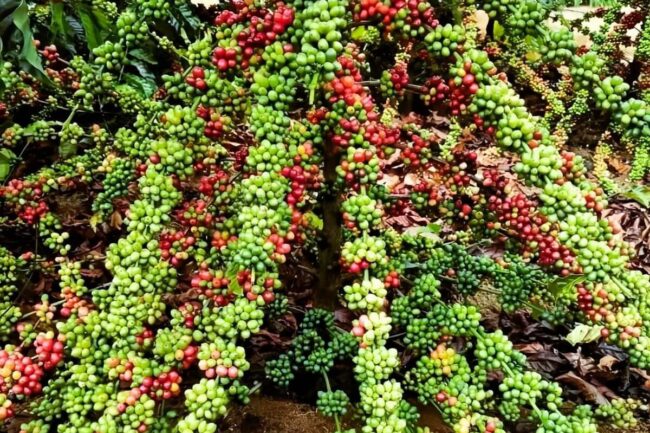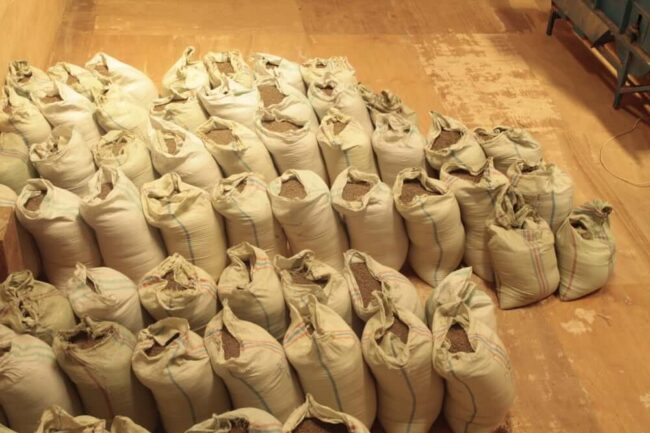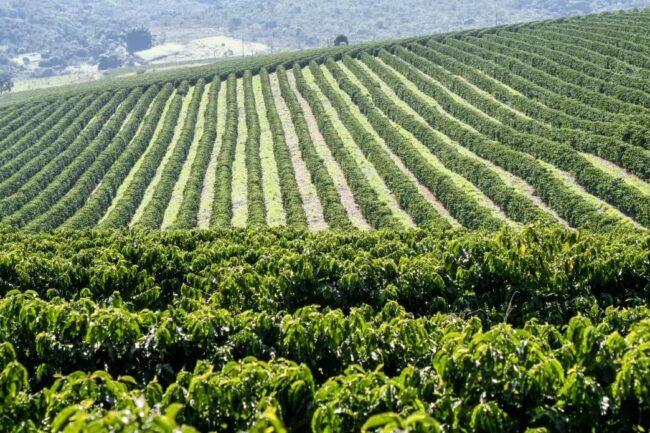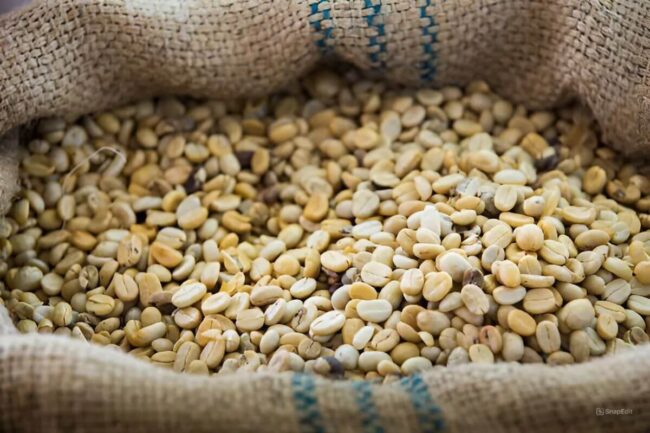December arabica coffee (KCZ22) on Wednesday closed up +7.55 (+4.32%), and Jan ICE Robusta coffee (RMF23) closed up +43 (+2.34%).
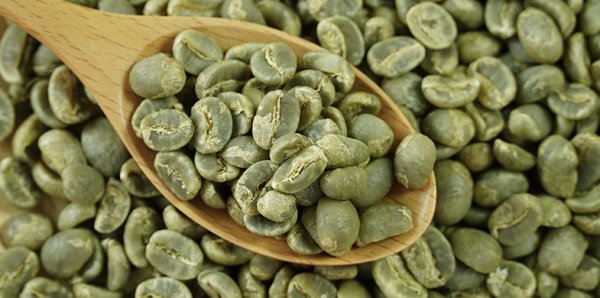
Coffee prices Wednesday rallied sharply. A weaker dollar Wednesday sparked short-covering in coffee futures. Also, smaller coffee exports from Central America are positive for prices after Honduras Oct coffee exports fell -47% y/y to 55,892 bags, and Costa Rica Oct coffee exports fell -22% y/y to 9,591 bags.
Arabica coffee has support from Somar Meteorologia’s report on Monday that Brazil’s Minas Gerais region had 28.9 mm of rain last week, or only 79% of the historical average. Minas Gerais accounts for about 30% of Brazil’s arabica crop.
Tight arabica coffee bean inventories are bullish for prices after ICE arabica coffee inventories last Friday fell to a 23-year low of 384,795 bags.
Abundant U.S. coffee inventories are bearish for coffee prices. The Green Coffee Association on Oct 17 reported that U.S. Sep green coffee inventories rose +5.2% y/y to 6,378,478 mln bags.
Smaller global coffee exports support coffee prices after the International Coffee Organization (ICO) reported Monday that global coffee exports during Oct-Sep fell -0.4% y/y to 129 million bags. Also, the Colombia Coffee Growers Federation reported Oct 10 that Colombia’s Jan-Sep coffee exports fell -6.2% y/y to 8.58 mln bags. Colombia is the world’s second-largest producer of arabica beans. However, Cecafe reported Oct 11 that Brazil’s Sep green coffee exports rose +7.1% y/y to 3.1 mln bags.
Robust coffee exports from Vietnam are bearish for robusta prices. Vietnam’s General Department of Customs reported on Oct 7 that Vietnam exported 1.73 MMT of coffee in the 2021/22 season that ended Sep 30, a 4-year high. Vietnam is the world’s biggest producer of robusta coffee beans.
In a bullish factor, Brazil’s crop agency Conab Sep 20 cut its 2022 Brazil coffee production estimate to 50.4 mln bags from a May estimate of 53.4 mln bags as adverse weather curbed coffee yields. This year was supposed to be the higher-yielding year of Brazil’s biennial coffee crop, but coffee output this year was slashed by drought.
In a bearish factor, the USDA, in its bi-annual report released on June 23, projected that 2022/23 global coffee production would climb +4.7% y/y to 174.95 mln bags, primarily due to Brazil’s arabica crop entering the on-year of the biennial production cycle. The USDA projects that 2022/23 global coffee ending stocks will climb +6.3% y/y to 34.704 mln bags.
__
Source: Rich Asplund (Barchart)
